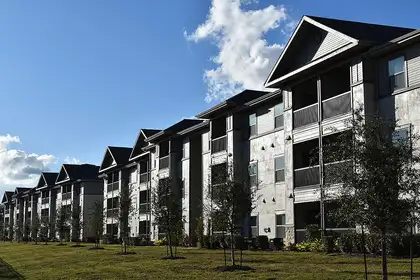
Nationally, rent increased by 4.8 per cent between March 2020-March 2021.
Massey University’s latest Rental Report shows a decline in rental affordability in six of the sixteen regions from last quarter, with Southland and the West Coast of the South Island bucking the trend.
For the December 2020 to March 2021 quarter, six regions are deemed less affordable than the national average which is set at 100 per cent. These include: Marlborough (116.1 per cent); Bay of Plenty (109.6 per cent); Auckland (106.6 per cent); Hawke’s Bay (105.2 per cent); Tasman (103.1 per cent); and Northland (102.8 per cent).
Report authors, Dr Arshad Javed and Professor Graham Squires from the Massey University Real Estate Analysis Unit say there are several varied factors impacting rental prices across New Zealand.

Professor Graham Squires.

Dr Arshad Javed.
“These include interest deductibility on residential property income, the extension of the bright-line test, rent control and the end of the COVID-19 rent freeze,” Professor Squires says.
The remaining 10 regions are all relatively more rent affordable than the national average, but two regions continue to stand out as being the most affordable for renters – Southland (77.1 per cent) and West Coast (58.7 per cent).
“West Coast and Southland continue to have affordability below the national average, reflecting more favourable rental conditions in these regions relative to incomes,” Professor Squires adds.
Nationally, rent increased by 4.8 per cent over the year (March 2020-March 2021).
“Despite Southland being one of the most affordable places for renters, the region has had the largest yearly increase in rent prices – up 15.7 per cent to an average rent of $331 a week. This still pales in comparison of course to the most expensive city to rent which is Auckland at an average of $564 per week.”
National and regional affordability is calculated by dividing the respective average weekly wages into the respective geometric mean rents.